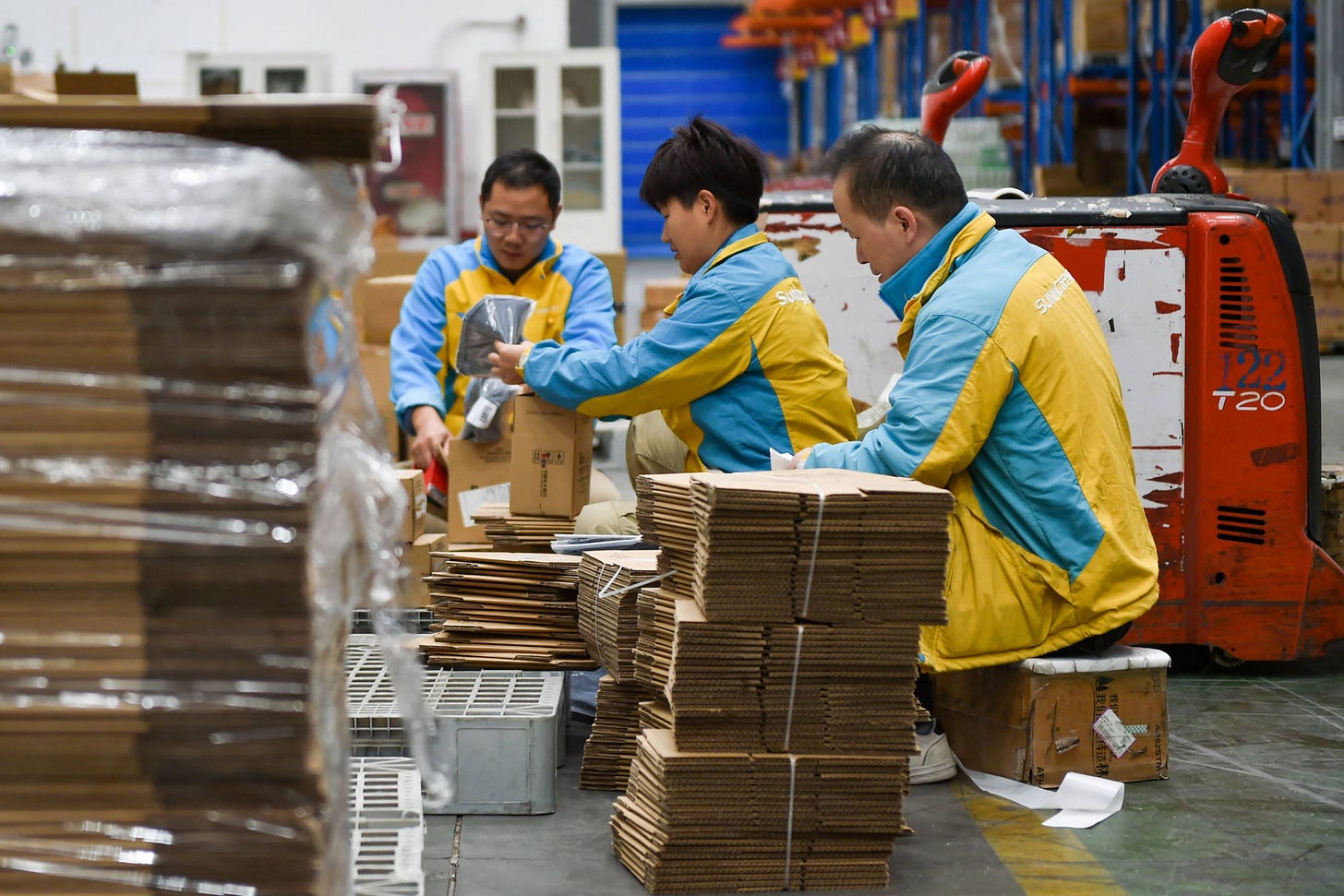How It All Began
In the late 1970s and 80s, as China opened its economy to the world, American corporations saw an opportunity: access to cheap labor, fewer regulations, and a booming industrial infrastructure. By the early 2000s, the phrase "Made in China" was stamped on everything from toys to tech, marking the beginning of a global shift in manufacturing.
One of the first giants to take the plunge was Apple Inc., which began assembling its products in China through Foxconn. This model would be emulated across industries: Nike outsourced shoe production, HP moved assembly lines, and even high-end brands like Levi’s set up base in the East.
How China and U.S. Brands Benefited
China, with its vast workforce and rapidly expanding infrastructure, became the workshop of the world. It experienced explosive growth, lifting over 800 million people out of poverty and transforming cities like Shenzhen into global tech hubs. In exchange, American companies saw unprecedented growth in profit margins.
They cut manufacturing costs by 30-70% while retaining premium pricing in domestic markets. For instance, a smartphone costing $50 to make could retail at $999 — and customers, driven by brand loyalty, paid the price.
Cheating the American Consumer?
But here’s the hard truth — American consumers are paying more for products that cost far less to make. The brand value, once tied to quality and craftsmanship, now often justifies prices that have little connection to the actual product cost.
This practice has led to growing resentment. Consumers feel duped: buying “American” while supporting foreign labor. Moreover, many U.S. manufacturing jobs vanished. From 2000 to 2010, nearly 5 million factory jobs were lost in the U.S., many due to offshoring to China.
The real winners? Brand executives and shareholders, who enjoyed rising stock prices, bonuses, and dividends — often at the expense of workers and transparency.
The Risk Ahead: What If China Goes Direct?
What happens if China starts selling directly to global consumers — cutting out American middlemen?
We’re already seeing signs of this with platforms like Temu, Shein, and AliExpress, where Chinese products are sold at jaw-droppingly low prices directly to Western markets. The logistics, payment systems, and branding sophistication of Chinese sellers are rapidly evolving.
If China can build trust and quality perception, U.S. brands may face an existential threat. Their decades-old playbook of design in California, make in China, and profit in New York may be obsolete. The illusion of American manufacturing would crumble.
China’s Silent Message to the World
Through it all, China has remained publicly quiet but strategically brilliant. While American brands marketed patriotism, they fed China's economic engine. The message is subtle but clear:
“We made your dreams, your profits, your consumer goods — quietly. But we can also make our own future, on our terms.”
Conclusion: A Turning Point for Global Capitalism
The U.S.–China manufacturing relationship is at a crossroads. Brands that once profited from cheap Chinese labor now face a future where that same labor may become a competitor. For consumers, the time for blind brand loyalty may be over. For the world, it’s a moment of reckoning — a reminder that where something is made matters, not just for quality, but for ethics, fairness, and the future of work.





